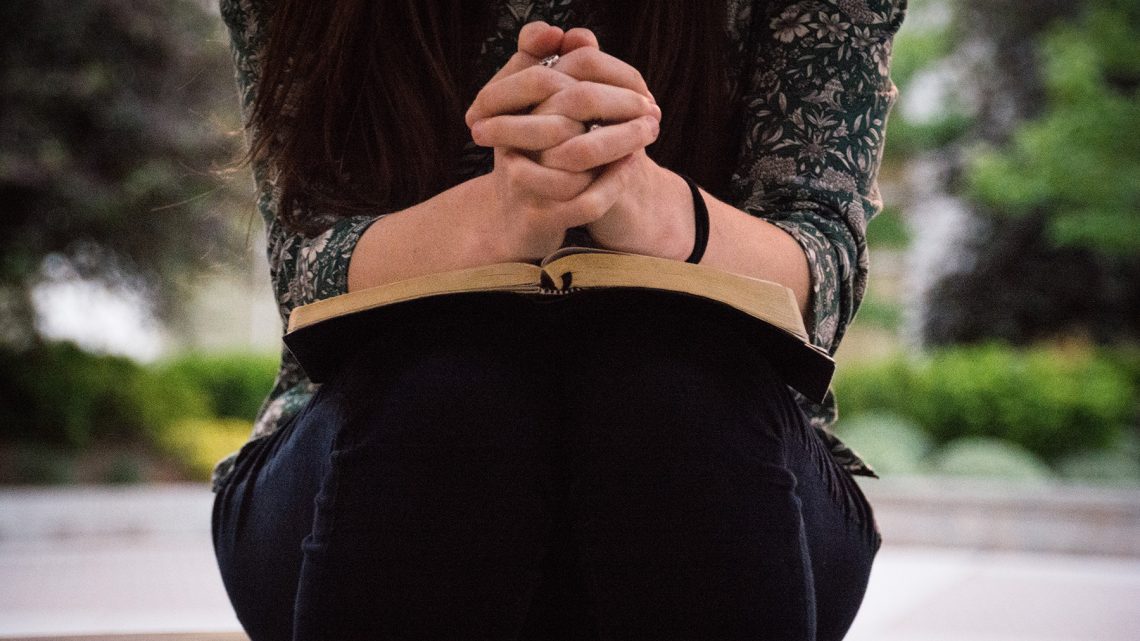Above all else it is important to keep in mind that Lectio Divina is a method of prayer, and as such is not an end in itself. Rather, it is a means to an end, and that end is a loving and intimate relationship with the Most Holy Trinity, Father, Son, and Holy Spirit. Not all methods are for everyone, and there are genuine stages in the spiritual life when methods can prevent growth in prayer.8 Methods should help foster our spontaneous and free gift of self to God in prayer. The Catechism of the Catholic Church outlines three expressions of prayer (vocal, meditation, and contemplation).9 Lectio Divina relates in particular to meditation and contemplation. I would encourage you to look over those sections of the Catechism.
One should give between 20 minutes and an hour for Lectio Divina. There are four sections, and one can think of dividing the time between all four. Again, the danger is to focus on the method and lose sight of the loving relationship with God. Above all else, plan your prayer according to that which bears fruit (i.e. increases in faith, hope, and love). Furthermore, the selection with which one will pray should not be too long or too short. The daily readings (only one) can be helpful.
In our contemporary society, we are accustomed to a style of reading that is the standard for all secondary schools. You read a selection and you try and understand as much as possible. You might try to figure out all the information presented to you, or you might try to get at what the author intended. In a certain regards, this kind of analytical reading of a text can be applied to the Bible, but this is not prayer. That being said, having a basic understanding of the text is necessary before one can move into prayer. As Pope Benedict explains, we must ask of the text, “What does the biblical text say in itself?” He then continues by explaining how “without this, there is always a risk that the text will become a pretext for never moving beyond our own ideas.”10
Once we have a decent understanding of the text, we then want to listen to the images, the words, and the phrases which resonate with us on a deeper level. We look for something in particular that stands out. For example, let us imagine that we are praying with the scripture passage that contains the Our Father. As I read through the passage in which Jesus is teaching on prayer, I might feel drawn to the phrase, “My daily bread.”
I can also use images and use my imagination. For example, I might be praying with the Road to Emmaus. As I use my imagination to explore the scene, I might imagine that Jesus is talking to me, and I might watch his facial expressions and use that for prayer. In all of this, note that I am using my imagination, my emotions, my intellect, etc. In other words, I am using everything that I am.
In more concrete terms, I used the example before of focusing on “my daily bread.” Now that my gaze is on this phrase, I let my mind explore the phrase and where it leads me. I ask, what is my daily bread? What do I need and what do I not need? What are my deeper longings?
Then, I ponder the answer to these questions mindful of the Lord’s presence. I consider these questions and I might become aware of the fact that I am too concerned with spending money on clothes and jewelry. I reflect more and more, I feel called by the Lord to not be so concerned with material things, and perhaps to use me money for other things.
There is a certain kind of creativity with this type of meditation. I am actively using my imagination and intellect (along with my other faculties) in order to reflect and to experience the Lord through meditating on this passage. It is important to realize that I am listening and responding to how the Lord’s word is penetrating my heart.
The height of prayer, commonly called contemplation, is often described as a wordless, imageless gaze of love between the believer and the Lord. This gaze is a gift of the Lord, and is not something that can be achieved by an act of the will or simply by trying to concentrate hard enough. We are brought into this union by means of faith, hope, and love, and the good news is that the Lord desires to bring all of us to this kind of intimate relationship. The key is that we must make time.
If we don’t make time to receive this great gift, then the Lord will not have the opportunity to bestow it upon us. Books have been written on how one grows in prayer and the changes that occur, but for our sake I offer this one piece of advice. In Lectio Divina and in prayer in general, we must set aside time to listen with an open disposition. In the beginning, this may not seem particularly fruitful, but with time it will become the source from which we draw inspiration and energy. But we must first make the time to receive this gift, and this is what the 4th stage is about.
Want to incorporate this method into your classroom?
Click here to download the teacher and student guide.
8. See CCC 2707
9. See CCC 2700 -2724
10. Verbum Domini paragraph 87
11. See New Advent’s sections on prayer, particularly http://www.newadvent.org/cathen/12345b.htm


